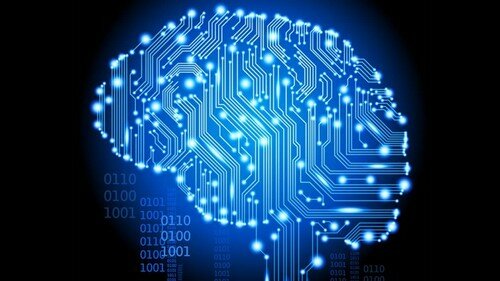IBM Is On The Way To Creating A True Artificial Brain (+VIDEO)

Human brain is considered to be the most intricate thing in the whole universe: it can simultaneously gather thousands of sensory inputs, interpret them in real time in the whole and react respectively, abstracting, learning, planning and inventing, all on a modest power budget of about 20 W. With the help of the quickest supercomputer and a new scalable, ultra-low power computer architecture, IBM has recently simulated 530 billion neurons and 100 trillion synapses â matching the numbers of the human brain â directed at recreating the actual behavior of a human brain. By IBM’s estimate, a computer of comparable complexity utilizing current technology would use up around 100 MW of power, such power consumption seems rather unpractical. Hence IBM has come up with the completely new approach named cognitive computing, a discipline that combines the latest findings in neuroscience, nanotechnology and supercomputing. It has been already proved by Neuroscience, that human brain consumes little power mainly because it is “event-driven”, i.e. individual neurons, synapses and axons only consume power as they are activated, however this is not the case with modern computers, which are big power wasters. Using this knowledge, the IBM engineers have managed to build a new computer architecture and then used it to simulate a number of neurons and synapses comparable to what would be found in a typical human brain. The biggest advantage of this computer architecture is that it is event-driven, distributed, highly power-conscious, and bypasses some of the limitations peculiar to the way standard computers are designed. The IBMâs ultimate goal is to design a machine with human-brain complexity in a comparably small package, and with a power consumption approaching 1 kW. Future applications of this supercomputer could comprise improved weather forecasts, stock market predictions, intelligent patient monitoring systems performing diagnoses in real time, optical character recognition (OCR), and speech recognition software matching human performance. You can get more detailed information on this topic from the video below and at gizmag.com


















